
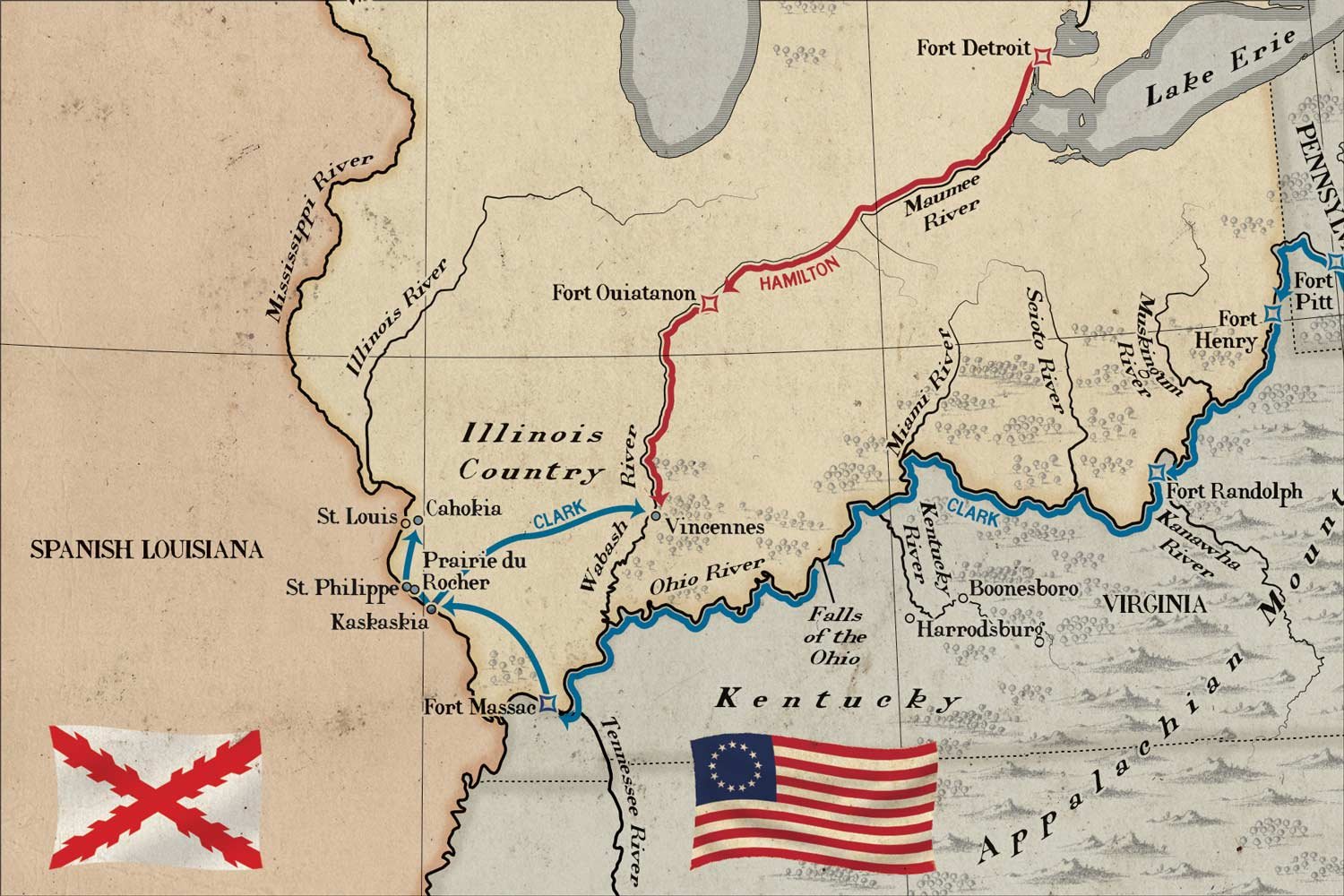
Kentuckians Find an Ally in Spain
With British fortune in the American Revolution at low tide in 1779, King Carlos III of Spain and his chief minister Jose Monino, Count of Floridablanca, decided the time was right for Spain to enter the war. But, for strategic reasons, they did not do so as a formal ally of the United States, but rather as one of France, their neighbor and cousin. As time would tell, Spain’s decision was instrumental in securing American independence.
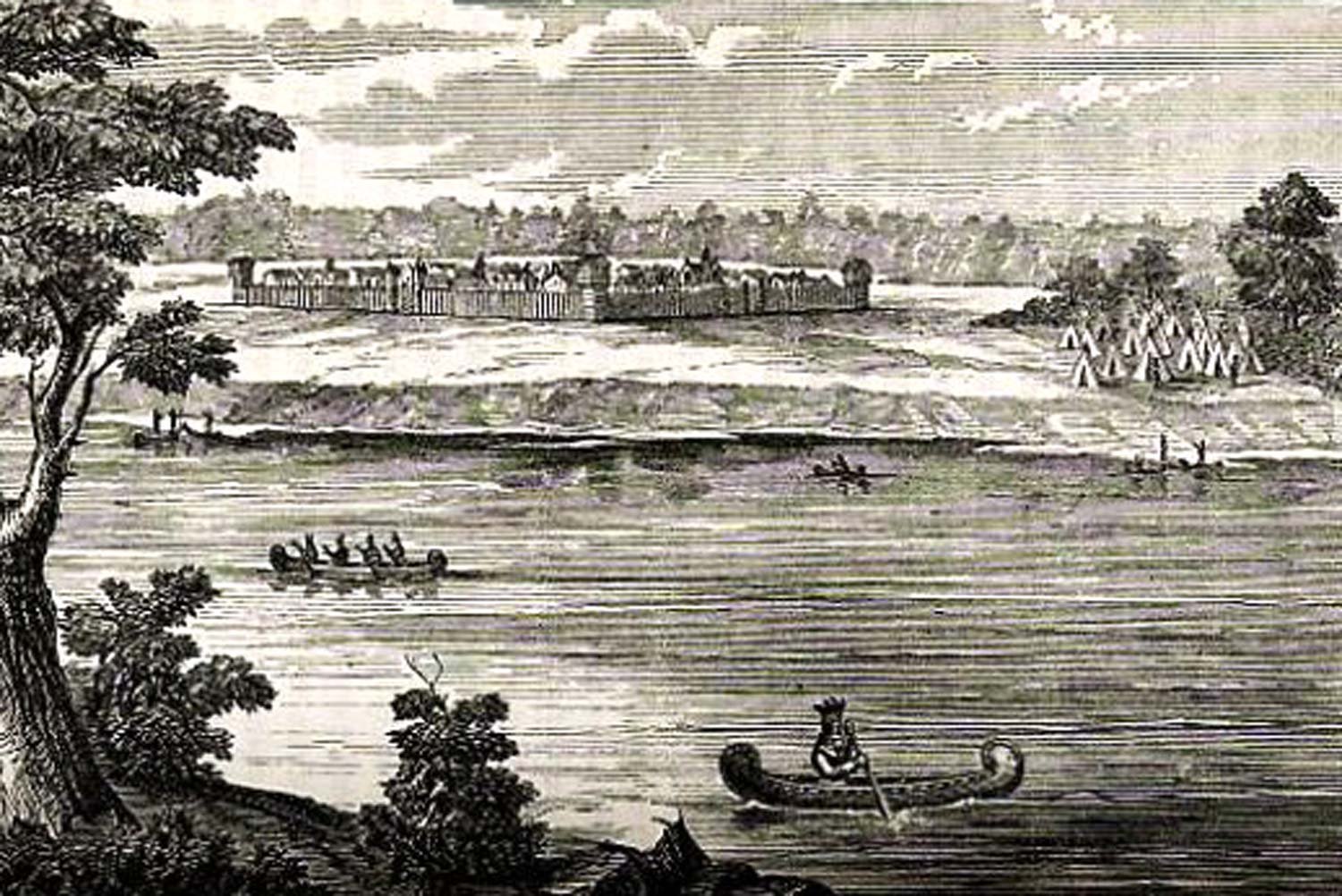
British Strike Back Against Clark’s Gains in Illinois Country
George Rogers Clark returned to Kentucky in February 1781 with visions of finally capturing the northern British bastion of Fort Detroit. However, although armed with a mandate from the Virginia legislature to raise an army and move on Detroit, very few Virginians were interested in participating in a campaign north of the Ohio when the British were in their backyard in the Tidewater region.
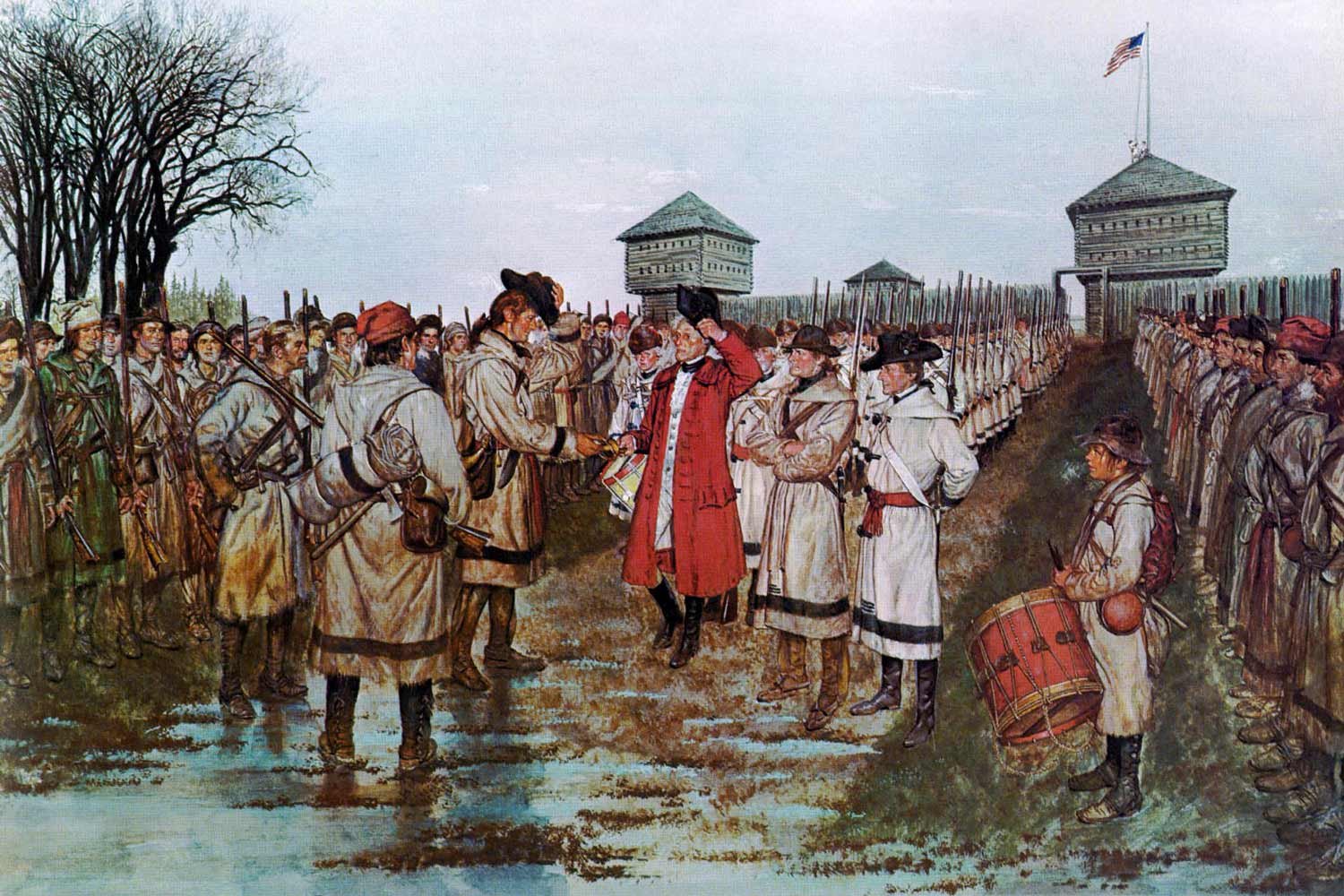
Clark Captures Fort Sackville
Lieutenant Colonel George Rogers Clark and his band of 120 determined men arrived on the outskirts of Fort Sackville in the fading sunlight on February 23, 1779, undetected by the British garrison. They were tired and hungry, filthy and unshaven; they had not eaten for four days. After a two hundred mile trek across the flooded fields of what is now eastern Illinois, with their goal before them, Clark prepared to attack.

Clark’s Intrepid Winter March to Vincennes
Following the British retaking of Fort Sackville on December 17, 1778, Lieutenant Colonel George Rogers Clark’s plan to conquer the Illinois Country for the United States was in peril. Without this strategic location in American control, his invasion of the southwestern portion of the Province of Quebec would be for naught, and continued incursions into Kentucky by Britain’s Indian allies would continue unabated.
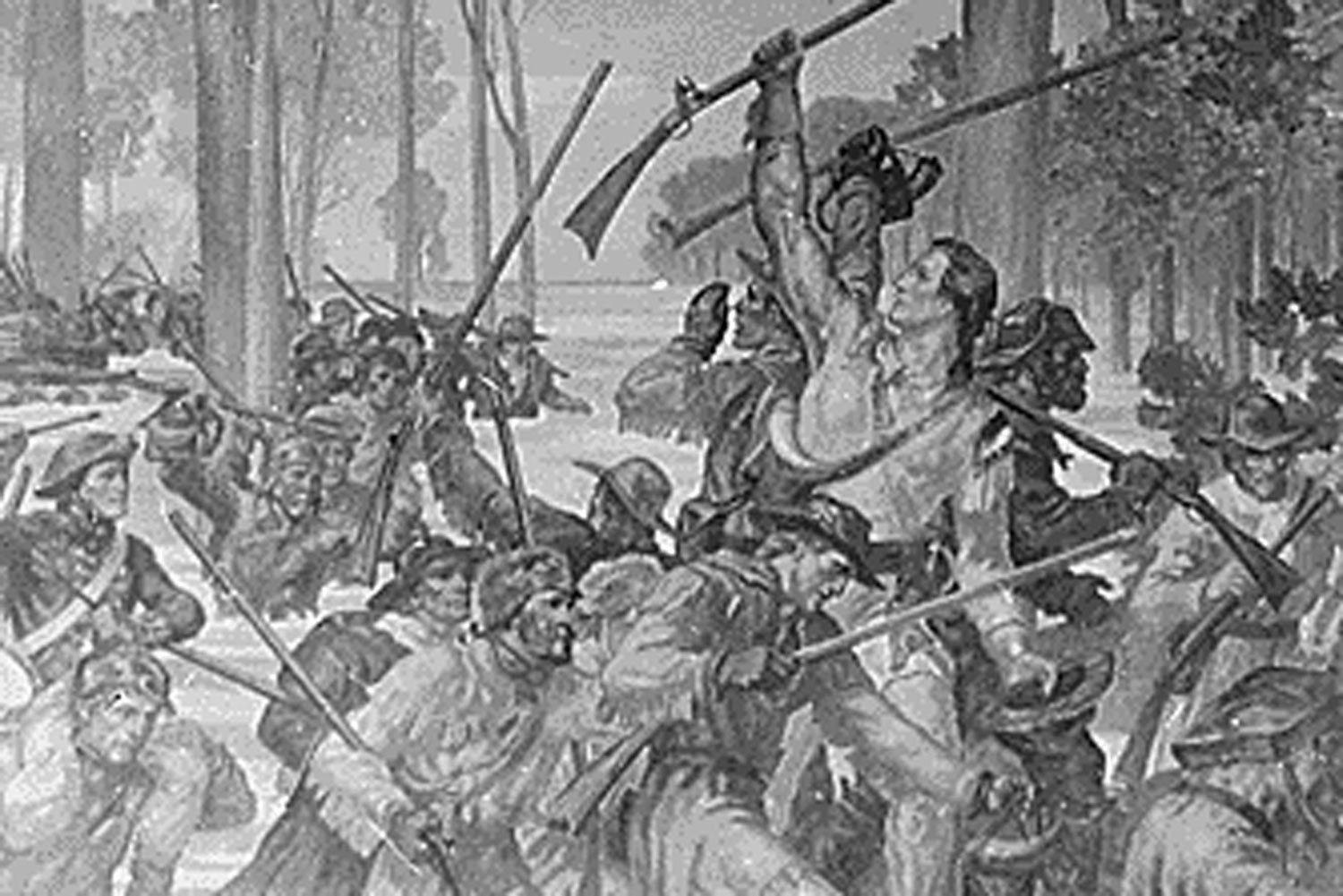
British and Americans Battle for Control of Illinois Country
The capture of Kaskaskia and Cahokia by Colonel George Rogers Clark had been surprisingly easy, with no bloodshed whatsoever. Not one to rest on his laurels, Clark immediately began to formulate a plan to crack a potentially tougher nut located about 180 miles to the east, the British post of Fort Sackville.
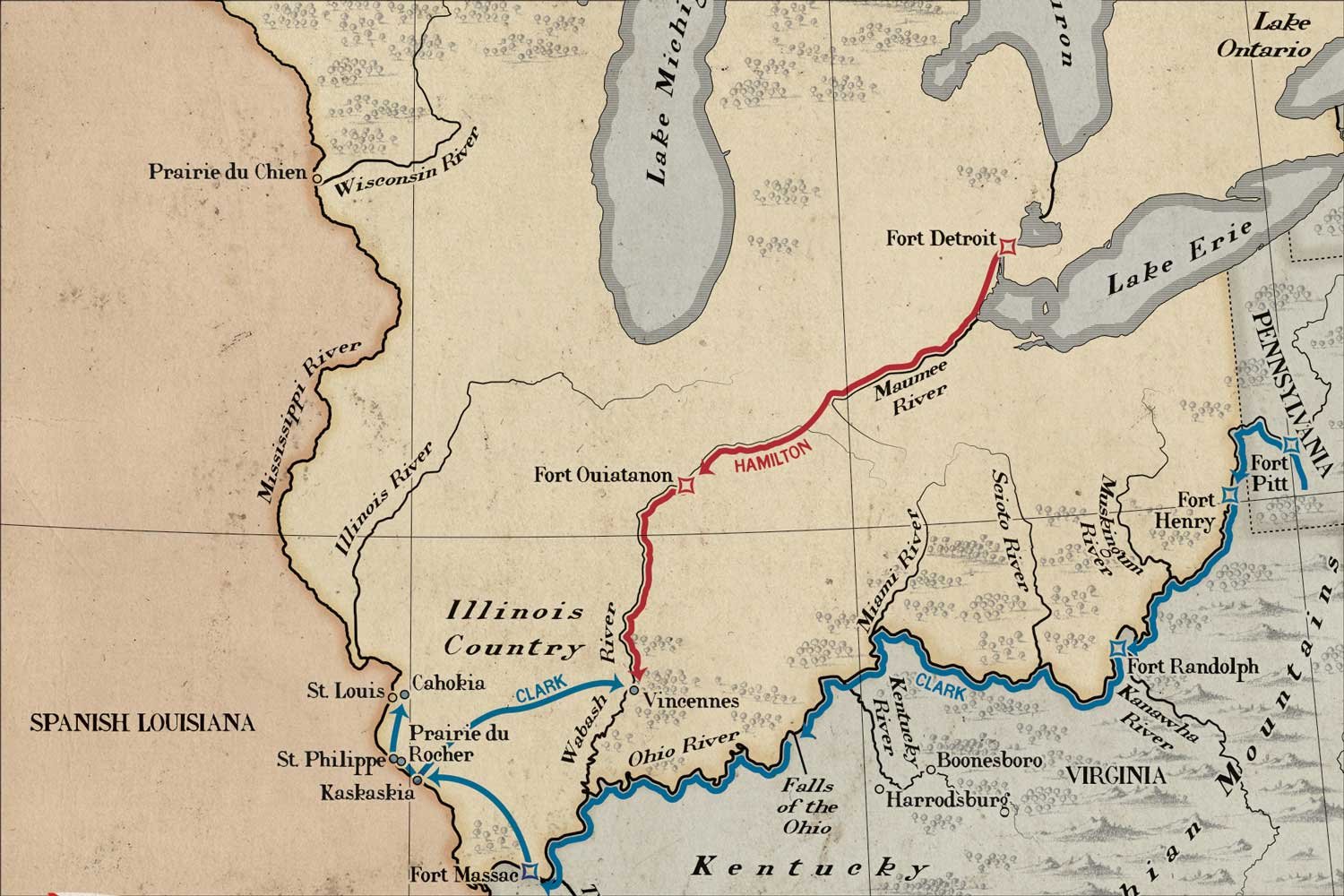
George Rogers Clark Leads Invasion of Illinois Country
As the American Revolution continued in the east, the British removed all regular troops from their western outposts to assist in the more active theater. Naturally, that exposed a weakness in their defense, one that the intrepid George Rogers Clark would soon exploit with an invasion of the southwestern region of the Province of Quebec. The results of this conquest would be felt several years later when this land captured by Clark was granted to the United States by the Treaty of Paris.




